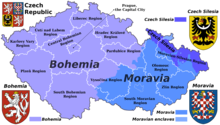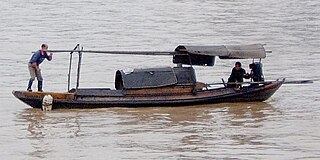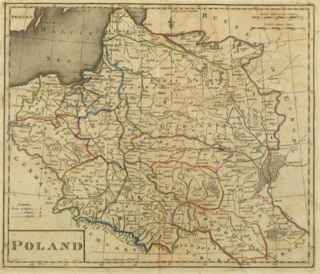This article needs additional citations for verification .(November 2006) |
This article provides a collection of the etymology of the names of country subdivisions . This page generally only deals with regions and provinces; cities and other localities and features may appear listed under the individual country, with a link below.
Contents
- Australia
- States
- Territories
- Austria
- States 2
- Belgium
- Regions
- Provinces
- Brazil
- Bulgaria
- Cambodia
- Canada
- Provinces and territories
- Historical regions
- Chile
- Regions 2
- China
- Provinces 2
- Special administrative regions
- Czech Republic
- Historical regions 2
- Denmark
- Dominican Republic
- Estonia
- Finland
- France
- Historic regions
- Territories 2
- Germany
- States 3
- Historic regions 2
- Greece
- India (Republic of India)
- Indonesia
- Iran (Persia)
- Iraq
- Ireland (Éire)
- Italy
- Japan
- Main Islands
- Korea
- Laos
- Malaysia
- Mexico
- Mongolia
- Morocco
- Kingdom of the Netherlands
- Constituent countries
- Provinces 3
- Other names
- New Zealand
- Provinces 4
- Other categories
- Norway
- Counties
- Territories 3
- Pakistan
- Papua New Guinea
- Peru
- Philippines
- Poland
- Portugal
- Romania
- Russia
- Slovakia
- South Africa
- Before 1994
- After 1994
- Spain
- Sweden
- Historical Provinces
- Present counties
- Switzerland
- Syria
- Taiwan
- Thailand
- Turkey
- Ukraine
- United Kingdom
- Constituent countries 2
- British Crown Dependencies
- British Overseas Territories
- United States
- States 4
- Counties 2
- Territories 4
- Venezuela
- See also
- Notes











